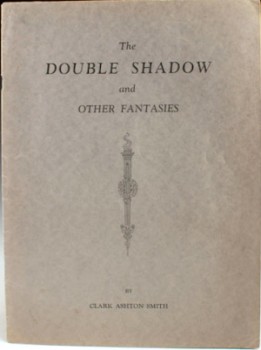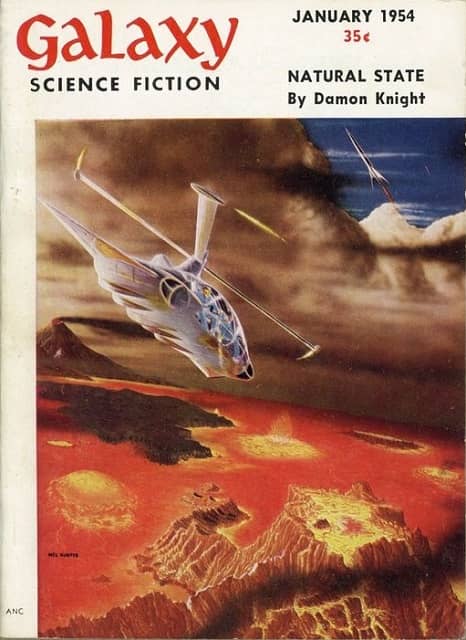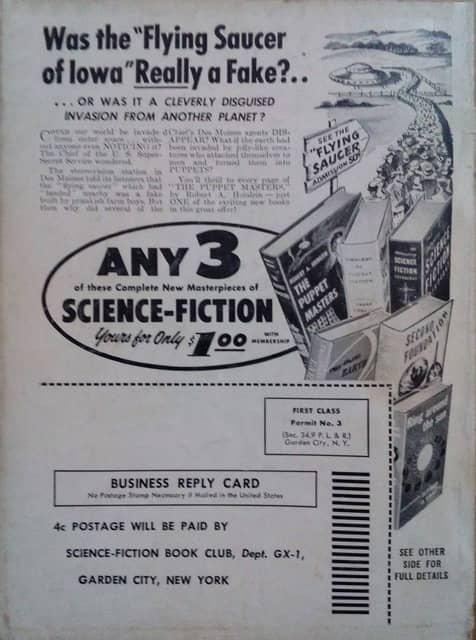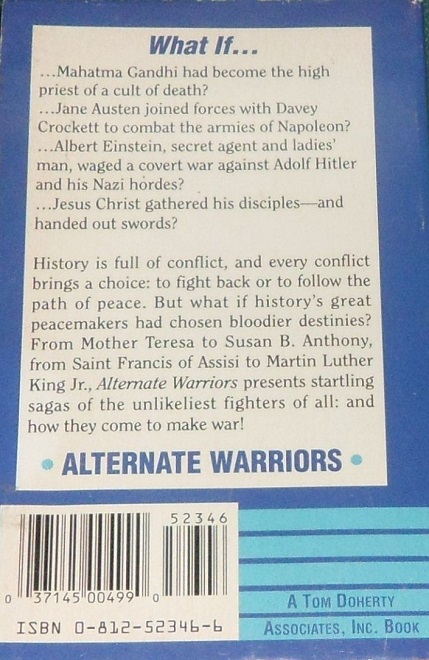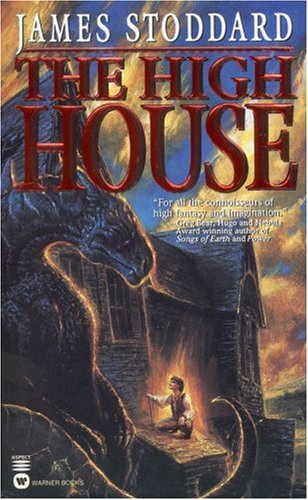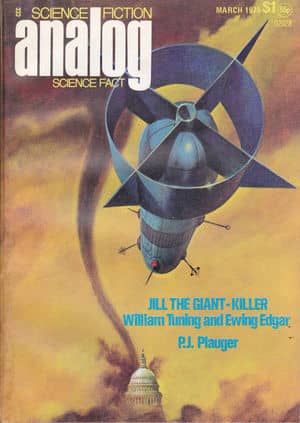War Eternal: Beyond the Farthest Star by Edgar Rice Burroughs
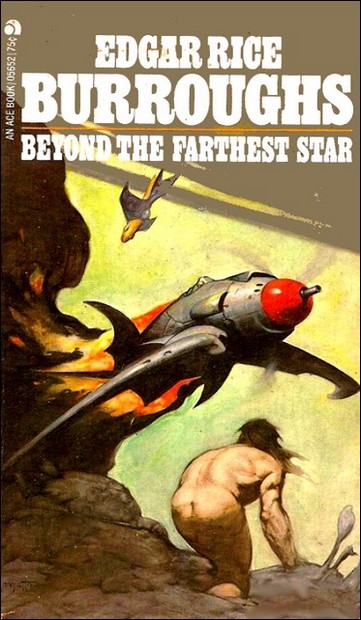 In 1940, Edgar Rice Burroughs created his final new adventure setting, the extrasolar planet Poloda. For the first time in a career that had ignited pulp science fiction back in 1912, Burroughs pushed beyond the solar system to the region of pure speculation. But what he discovered four hundred and fifty thousand light-years from Earth wasn’t an E. E. Smith space opera, or even an old-fashioned romp on a weird planet of monsters and savage humanoid tribes. Against the grain of its romanticized title, the incomplete short novel Beyond the Farthest Star isn’t an escapist tale, but a bleak meditation on a world mired in unending warfare. The title makes you anticipate Star Wars. Instead you find just Wars.
In 1940, Edgar Rice Burroughs created his final new adventure setting, the extrasolar planet Poloda. For the first time in a career that had ignited pulp science fiction back in 1912, Burroughs pushed beyond the solar system to the region of pure speculation. But what he discovered four hundred and fifty thousand light-years from Earth wasn’t an E. E. Smith space opera, or even an old-fashioned romp on a weird planet of monsters and savage humanoid tribes. Against the grain of its romanticized title, the incomplete short novel Beyond the Farthest Star isn’t an escapist tale, but a bleak meditation on a world mired in unending warfare. The title makes you anticipate Star Wars. Instead you find just Wars.
This is a stark work. It offers no illusions. There’s a dash of humor and some winking satire, but the overwhelming sensation of Beyond the Farthest Star is resignation to carnage. There are no valiant heroes on Poloda who become beacons for others to follow. There are only stalwart soldiers who fall in line to fight the fight, whatever it may be, and die in numbers tabulated by the hundreds of thousands.
We’re used to Edgar Rice Burroughs as a master of sweeping adventure in worlds where fighting means hope. It’s a shock to see him sitting glumly among the ruins of hope, waiting for the next wave of barbarians. Looking at Poloda from the perspective of the twenty-first century is to see a prophetic futurist emerging in Old Man Burroughs. The story the Old Man tells is not much fun. But it’s enthralling — and there’s nothing else like it in the ERB canon, even among the strange evolutions his work took during his last decade.
As with Savage Pellucidar and its sister books set on Mars and Venus, the Poloda novellas were planned to form a connected sequence for later hardcover publication. Part I, “Beyond the Farthest Star,” was written in October 1940 over twelve days, and Part II, “Tangor Returns,” was finished in December in five days. “Beyond the Farthest Star” appeared in the January 1942 issue of Blue Book, but Burroughs never submitted Part II for publication, probably because he scrapped the series after starting work as a war correspondent. “Tangor Returns” wasn’t discovered until thirteen years after Burroughs’s death. It was published along with “Beyond the Farthest Star” in the 1964 Canaveral Press omnibus Tales from Three Planets. Ace Books later released a paperback of the unfinished Poloda saga as Beyond the Farthest Star, with the first novella retitled “Adventure on Poloda.”
